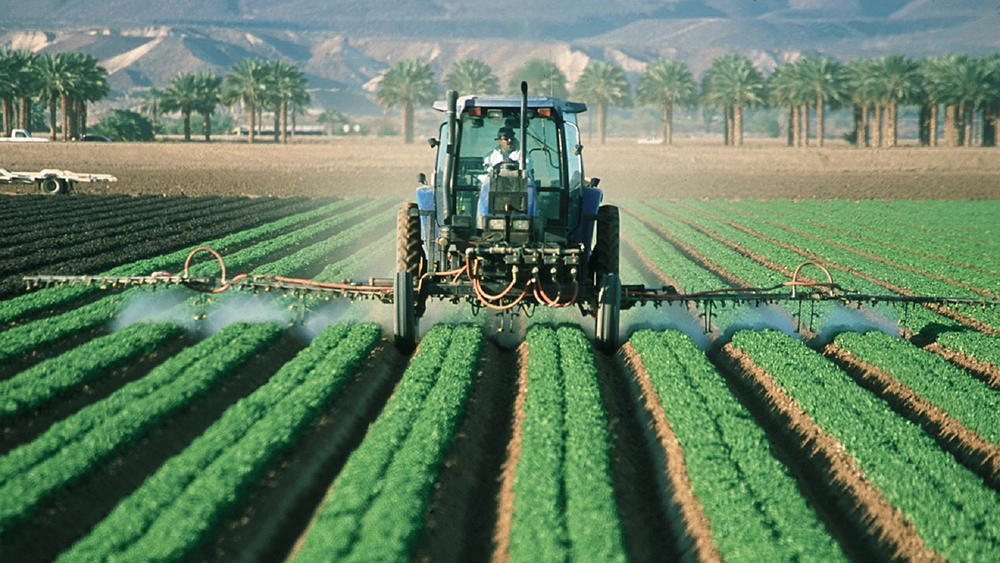
Farmers in California are leading an accelerated program to clean up the environment. It includes their animals, their soil, and their crop production practices.
The creation of mountains of manure at the state’s dairies has been one of agriculture’s dirty little secrets. No more, as methane from manure lagoons is now being captured and may be pumped into the state’s natural gas distribution system. Dairy manure is becoming an asset.
Plants are strategic in the clean-up process too. Some orchards have been planted with specific grasses that pull bothersome carbon dioxide from the air and transfer it through their roots as carbon in the soil, a biological vitamin pill for trees in the orchard.
Another important phase of the industry-wide clean-up is expanded use of predator insects that can attack and destroy the bugs that damage crops, mating disruption that prevents the damaging insects from creating new generations, and introduction of insect diseases that can devastate entire generations of crop-damaging pests. Every destructive pest that is overcome by disease or insect enemy is one that doesn’t have to be controlled by a chemical spray.
Some of these earth-enhancing techniques are still at low levels of growth and development, but all of them have survived and have been energized by diligent basic research. Traditional cooperation between university researchers and farmers has allowed the methods to expand and progress toward common and widespread use.
The process of capturing methane from dairy lagoons has been followed and employed by dairymen for several years. The gas created has been used to power various on-site equipment and facilities. But wide-spread gathering and collection from numerous lagoons is a promising newer phase that researchers and energy-supplying companies find exciting. Natural gas users can be excited as well.
Technology is contributing daily as a factor in the industry-wide clean-up. Tiny drone aircraft that fly above orchards and vineyards can be programmed to detect and report conditions that managers on the ground can record only after miles of travel by pick-up, tractor or other vehicles. Clean instant electronic communication between farm units eliminates miles of travel daily for farmers of hundreds of crops.
The distribution of methane recovered from multiple lagoons is being presented by Aementis, a technology firm in the Silicon Valley. It operates a gas distribution center in Keyes in Stanislaus County where it plans to receive methane from a dozen or more neighboring dairies, process it and make it available for powering vehicles operated on natural gas. The effort has received support from the California Department of Food & Agriculture.
Even renderers, who realize useful products from animals that have died, are on board with accelerated clean-up activities. California’s Secretary of Agriculture Karen Ross complimented their efforts when she met with leaders of their industry recently.
Hard-core environmentalists who have been quick to criticize several farm activities and practices may be surprised to observe agriculture’s deep-seated interest in cleaning up its part of the world. Most farmers seem willing to change or improve their practices, although they might never have viewed them as endangering anything.
The dairy cows that are contributing to the clean-up may be surprised to learn of their positive impact, but proud nonetheless.
If the clean-up helps project a better image of farmers it will have expanded its benefits. Farmers who reject the “squeaky clean” image may have to find a new way to create dirt under their fingernails.








